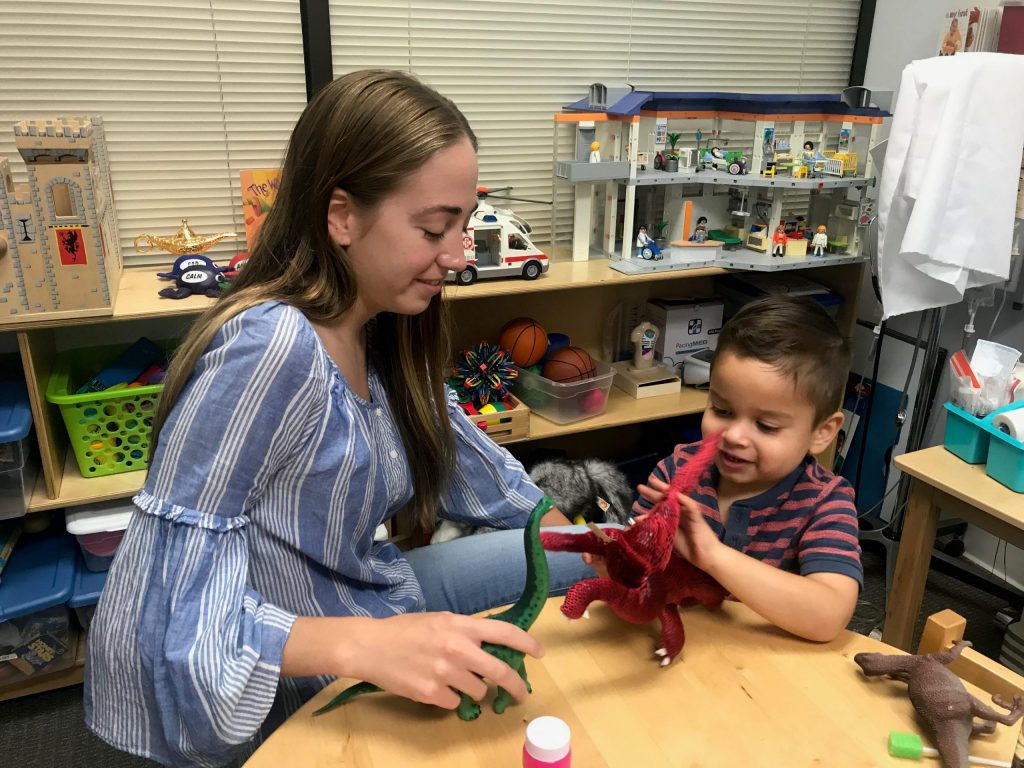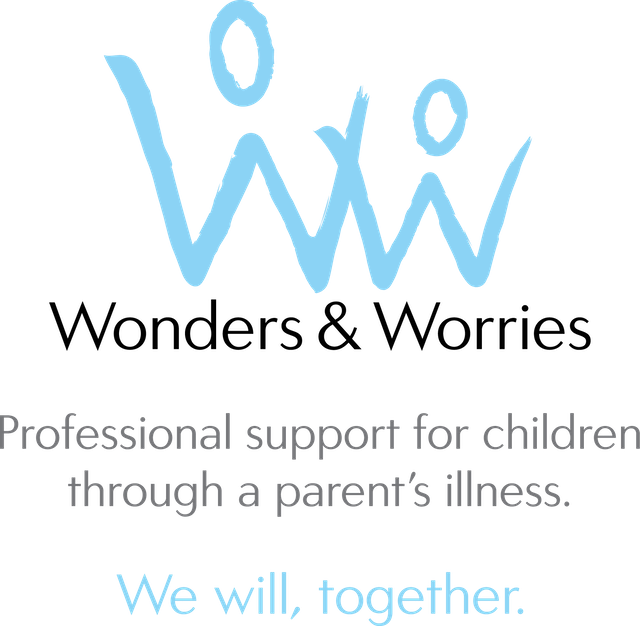
Research has shown that one of the biggest concerns parents have when they are diagnosed with a chronic illness is the emotional health of their children. Often, parents wonder: How will I tell them? How will they handle it? How will this impact the rest of their life? These are big fears for parents. Parents want to protect their children and an illness can threaten their ability to do so. While you may not be able to protect them from your illness, you can protect them through the support that is provided.
Supporting your child during this time is multi-layered. You’ll keep paramount, your child’s natural temperament and personality, and pair with how children typically understand and respond to parental illness. Through this lens, you will be able to recognize when a child is reaching their capacity for stress. In many cases, children are having a normal reaction to the abnormal experience of having a parent with an illness. This doesn’t discount the idea that extra support may be beneficial, but it may not be a long-term issue as most parent’s fear.
So, what is normal?
The chart below describes children of varying ages and typical stress responses. The normalcy of the reaction is based more on duration and intensity than the response itself. In terms of duration, most mental health disorders develop in 3–6-month time periods of ongoing stress. If a child’s coping regresses or dips in terms of functionality, having that last for 4-6 weeks is common. Once you reach 6-8 weeks, it may be wise to consult a mental health provider to ensure your child receives the support they need.
Measuring intensity can be challenging as this is very subjective. Just as pain is variable based on the individual experiencing it, levels of intensity are also very personally driven. Intensity may be best gauged in terms of the impact of stress on their normal lives. How much is their behavior impacting peer relationships? Will this behavior impact their long-term goals for school, hobbies and/or relationships?
Typical Developmental Stress Responses:
Infants-Toddlers (0-3 years old):
- Increased fussiness-clinginess
- Changes in sleep routines
- Changes in eating patterns
- More difficulty separating from caregivers
- Inability to be consoled by primary caregivers
Preschool (3-5 years old):
- Increased clinginess
- More difficulty separating from caregivers
- Changes in sleep patterns
- Changes in eating patterns
- Changes in toileting skills
- Deferring previously learned self-care skills
- More withdrawn
- Increased acting out behaviors or power struggles
School Age (6-11 years old):
- More difficulty with separation
- Changes in sleep patterns
- Changes in eating patterns
- Changes in school performance
- More withdrawn in social engagement
- Forfeiting previously enjoyed activities
- Mood changes
Teens (12+ years old):
- Deferring social opportunities to fill in adult responsibilities
- Avoiding home/parent all together
- Changes in sleep patterns
- Changes in eating patterns
- Changes in school performance
- Mood changes Increased
- Risk-taking behaviors
Intensity-Duration Case Examples
Example 1 – Normative Coping:
Susie is a straight A student, but after her mom’s cancer diagnosis, she receives Bs for 2 six-week periods. She can remain in her advanced placement classes for normalcy and retains the information she needs for placement tests next year to progress academically in what she values as important.
Example 2 – Distress:
Trevor is an A-B student, but since his dad’s cancer diagnosis, he has started skipping school and has not turned in any assignments for 4 weeks. He is a junior in high school and his advisor has reached out due to concern for his academic goals. He had plans to attend a prestigious university following high school, and if a plan is not developed to get back on track, this may affect his long-term goals.
Example 3 – Normative Coping:
Grant is a 4-year-old whose mom was just diagnosed with lupus. Since her diagnosis, Grant started having more accidents (wetting the bed, pants) and has been pickier with food. He also struggles at bedtime, demanding lots of stuffed animals and never seems to be satisfied with the amount of books/snuggles he receives.
Example 4 – Distress:
Callie is a 12-year-old female whose dad was just diagnosed with ALS. She has become more withdrawn with peers, though typically a very bubbly child. She used to play soccer, but since his diagnosis, she quit her soccer team and is much less active. Callie has also been refusing to eat. Her mom has found out she gives her lunch to her classmates and/or spends lunch money on books and has lost about 15 pounds in 4 weeks.
There is not a magical assessment to know what the internal world of a child is like. However, you know your child best. If you are concerned by persistent and/or intense behaviors, seeking additional support may help as they build additional coping skills to navigate this challenging time. If at any point you would like to talk about how your child is coping, please contact the Wonders & Worries Helpline at 1-844-WE-WONDER or [email protected].
*If there is ever a concern regarding a child or teen hurting themselves or others, please call 988 or http://www.988lifeline.org/ for immediate assistance (Suicide and Crisis Lifeline).

